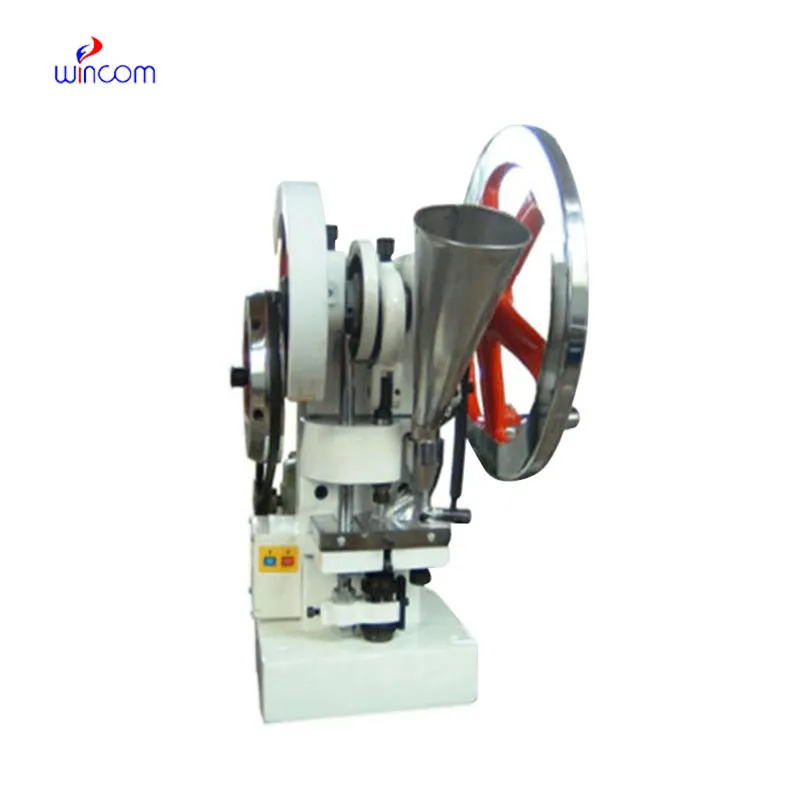
The mri machine for hand features a large cylindrical magnet where a patient table opens into its interior to offer a stable and comfortable scanning experience. Gradient coils of high technology in the mri machine for hand tilt magnetic fields to create images from different angles. Its digital control allows it to be accurate, uniform, and scan quickly for faster diagnosis.

The mri machine for hand is typically employed in abdominal imaging to assess the organs like the liver, kidneys, pancreas, and intestines. The mri machine for hand can identify cysts, lesions, and infection. The mri machine for hand enjoys higher contrast resolution and thus even minimal soft tissue abnormalities can be detected by radiologists.

The future of the mri machine for hand will be characterized by increased scanning speed and higher image quality through reconstruction facilitated by artificial intelligence. New algorithms will minimize noise levels while maximizing contrast and diagnostic efficacy. Cloud-based image processing will also be a feature of the mri machine for hand, facilitating real-time collaborative efforts and elevated telemedicine integration into global networks.

The mri machine for hand should be kept in a controlled environment to prevent overheating and condensation. Inspection of filters, ventilation systems, and electrical grounding is necessary from time to time. The mri machine for hand should be tested for performance to ensure signal strength, image resolution, and alignment accuracy.
The mri machine for hand enables doctors to examine internal anatomy with unimaginable accuracy and non-surgically. It guides soft tissue, nerves, and blood flow patterns with magnetic resonance. The mri machine for hand is also used to diagnose internal injuries and track disease progression over a period of time.
Q: What are the main components of an MRI machine? A: The main components include a superconducting magnet, radiofrequency coils, gradient coils, a patient table, and a computer system for image reconstruction. Q: Can MRI detect early signs of disease? A: Yes, MRI can identify early changes in tissues such as inflammation, lesions, and tumors, allowing for timely diagnosis and treatment planning. Q: Why is it important to stay still during an MRI scan? A: Movement during scanning can blur the images, making it harder to capture accurate details. Patients are asked to remain still to ensure sharp, diagnostic-quality images. Q: Are MRI scans painful or uncomfortable? A: MRI scans are painless, but some patients may experience discomfort from lying still or hearing loud scanning noises, which can be reduced using ear protection. Q: Can MRI be used for cardiac imaging? A: Yes, MRI is commonly used to evaluate heart function, blood flow, and structural abnormalities without invasive procedures or ionizing radiation.
We’ve used this centrifuge for several months now, and it has performed consistently well. The speed control and balance are excellent.
This x-ray machine is reliable and easy to operate. Our technicians appreciate how quickly it processes scans, saving valuable time during busy patient hours.
To protect the privacy of our buyers, only public service email domains like Gmail, Yahoo, and MSN will be displayed. Additionally, only a limited portion of the inquiry content will be shown.
Hello, I’m interested in your centrifuge models for laboratory use. Could you please send me more ...
We are planning to upgrade our imaging department and would like more information on your mri machin...
E-mail: [email protected]
Tel: +86-731-84176622
+86-731-84136655
Address: Rm.1507,Xinsancheng Plaza. No.58, Renmin Road(E),Changsha,Hunan,China